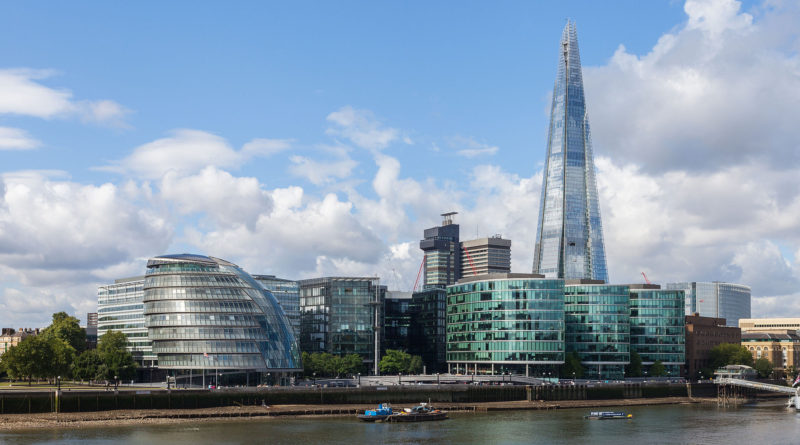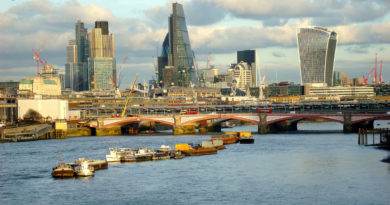Architects worry about loss of free movement post-Brexit
A poll carried out by the Architect’s Journal revealed that more than half (51%) of the 200 respondents had their projects put on hold since the EU referendum. Architects also reported a “drop in new client enquiries” and 19% said their workforce is shrinking. The sector has many reasons to worry and a coalition of professional bodies highlighted on September 14th that limits to free movement as a result of Brexit is a main one.
“Secure post-Brexit access to a skilled workforce or risk a construction crisis,” warned on Wednesday the Royal Institute of British Architects (RIBA), the Royal Institution of Chartered Surveyors (RICS), the Chartered Institute of Building (CIOB) and the Royal Town Planning Institute (RTPI).
RIBA said in a policy paper that the sector needs to continue recruiting and retaining the best talent. The document recognizes in particular that diversity fosters innovation, facilitates relations with global clients and contributes linguistic expertise that supports expansion.
The UK is one of the global centers for the profession and 40% of architects’ overseas revenues come from trade within the EU. For many smaller practices, the European market is seen as the first step to grow globally. This is facilitated by the recognition of qualifications that applies across EU countries.
When it comes to construction, the Chartered Institute of Building estimates that the industry will need an additional 224,000 new recruits by 2019 to meet the current pipeline of work and restrictions on the freedom of movement will widen the gap.
In addition, the construction industry imports 64% of its materials from other European countries. The fall of the pound and potential import duties applicable after Brexit would mean significant cost increases. There is also the issue of construction and product standards, which are harmonised across Europe. Changing these alone would be a major task, with further burdens for the industry.
Finally, the EU has provided funding to some of the UK’s most innovative creative projects, says RIBA. This is another area where changes may occur in the future, with consequences for architect’s research divisions both in universities and in business practices. In this regard, the association noted that the UK, one of the largest contributors to the EU research budget, has provided EUR 5.4 billion for EU research, development and innovation activities between 2007 and 2013 and received back during the same period EUR 8.8 billion.
On September 14th, the architecture and design magazine Dezeen launched a manifesto backed by more than 100 of the UK’s leading design figures calling on the government to support the sector after Brexit. The “Brexit Design Manifesto” is available here.
Read more about this topic:
Brexit campaigners are fighting for an England that doesn’t exist, said Dutch architect Rem Koolhaas. He studied and taught in the UK in the 1960s and 70s and in his views the European Union membership has transformed Britain for the better. Dezeen, 17 June 2016.
European Union: the Gardens of Fantastica. Inspired by the ‘Blue period’ of Pablo Picasso, British architect Steven McCloy asks through a series of blue drawings: “What if the raison d’être of the European Union (EU) was food and energy security?”
Language of art not science will reunify a divided Britain. “For those who thought the culture wars were over (and had been won) this is a rude awakening.” Ralph Scott, Demos, 30 June 2016.
Claudia Delpero, Europe Street. © All rights reserved. Updated with the addition of the Brexit Design Manifesto.
Photo: London’s City Hall and the Shard. By Diego Delso [CC BY-SA 4.0], via Wikimedia Commons.




